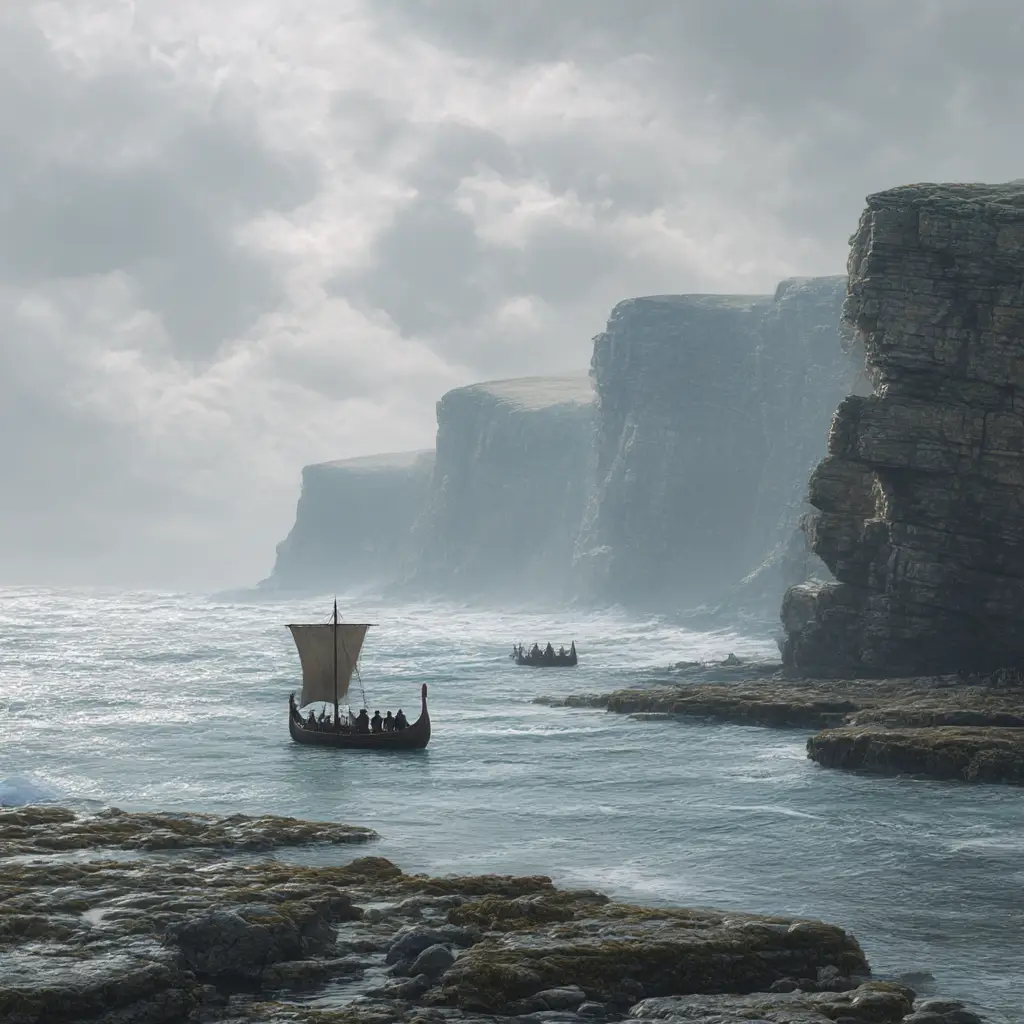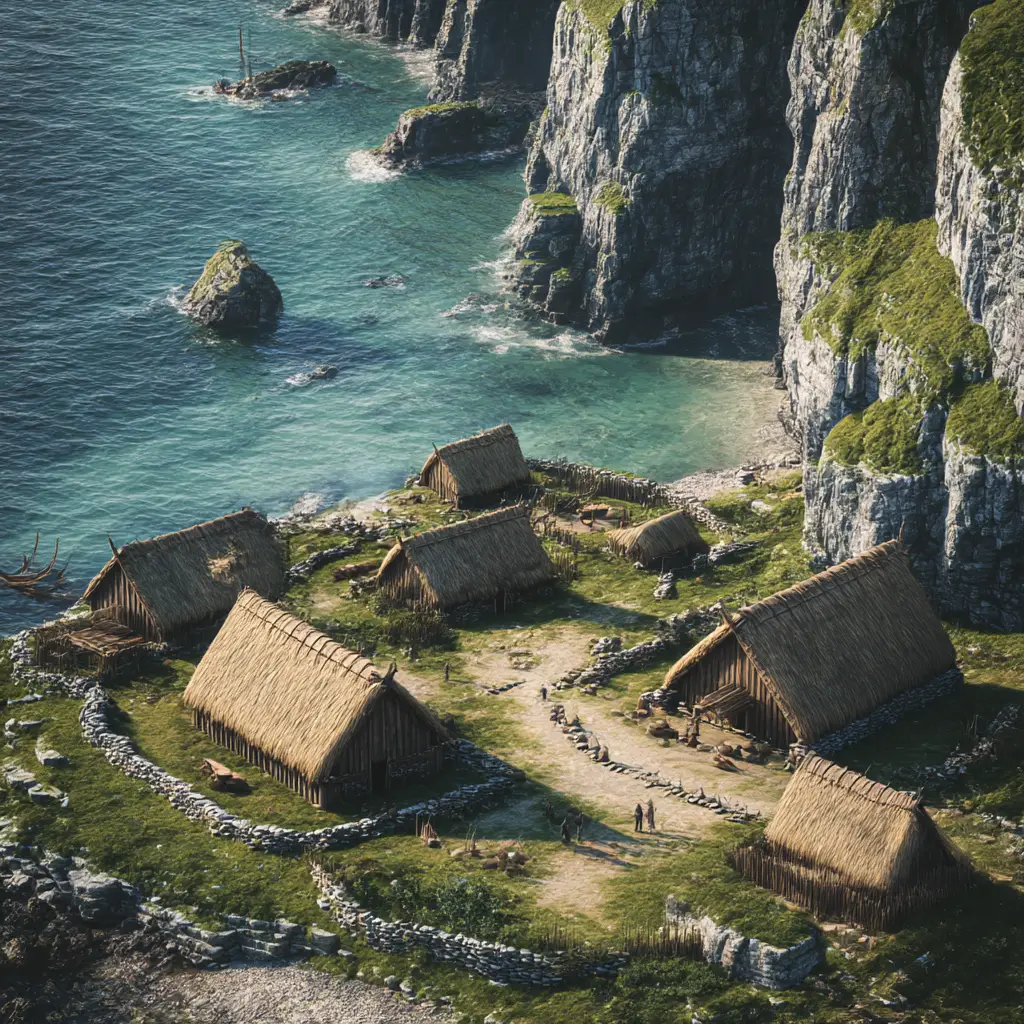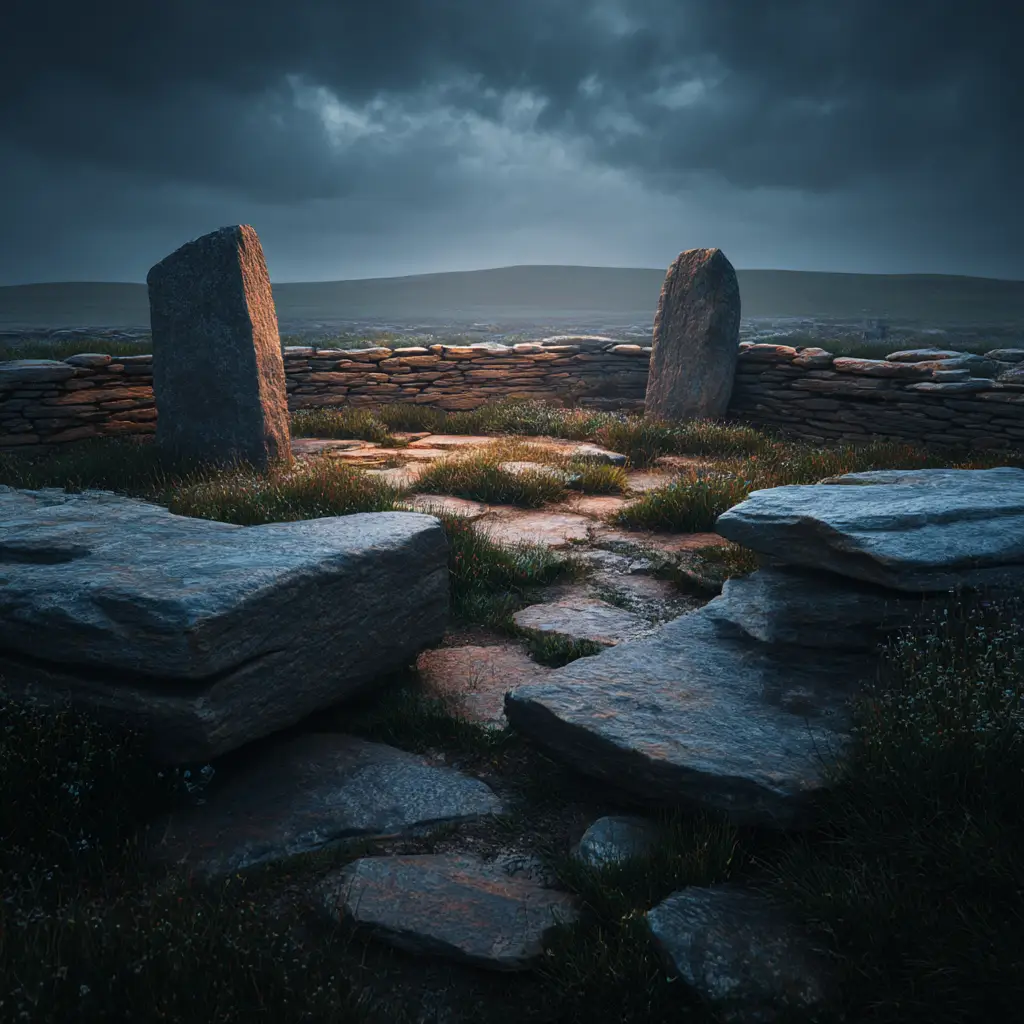The Orkneyinga Saga, written in the early 13th century, provides one of the most important historical and literary accounts of the Norse presence in the Northern Isles. It tells the story of how the islands of Orkney and Shetland became a key part of the Viking world, blending history, legend, and oral tradition into a single narrative that connects Norway, Scotland, and the wider Norse world.
The saga begins with the voyages of Norse settlers who ventured west from Norway during the late eighth and early ninth centuries. These early settlers, often described as exiles, traders, and explorers, sought new lands in the wake of population pressure and internal strife in Scandinavia. The Northern Isles offered a strategic base for raiding and trading across the North Atlantic, as well as fertile ground for new communities.
According to the saga, the islands were first brought under Norse control by the Norwegian nobleman Earl Sigurd the Mighty, son of Rognvald Eysteinsson of Møre. King Harald Fairhair of Norway, seeking to consolidate his rule, is said to have granted Orkney and Shetland to Rognvald as compensation for losses suffered in his service. Rognvald then passed the earldom to his brother Sigurd, marking the beginning of Norse rule in the islands.
The saga paints a vivid picture of early life in Orkney, describing a society shaped by seafaring, kinship ties, and shifting loyalties. The Norse settlers introduced their language, laws, and customs, establishing an earldom that would remain closely linked to Norway for centuries. Archaeological evidence supports this period of Norse colonisation, revealing longhouses, burial sites, and artefacts that reflect both Scandinavian craftsmanship and local adaptation.
The Orkneyinga Saga also serves as a bridge between myth and recorded history. It blends heroic tales of feuds, alliances, and voyages with glimpses of everyday life in a harsh northern environment. Through its stories, it captures the transformation of Orkney from a remote group of islands into a vital part of the Norse sea kingdom.
The origins and early settlement described in the saga are more than just the foundation of Orkney’s Norse identity—they represent a key chapter in the wider story of Viking exploration, settlement, and cultural exchange across the North Atlantic world.


